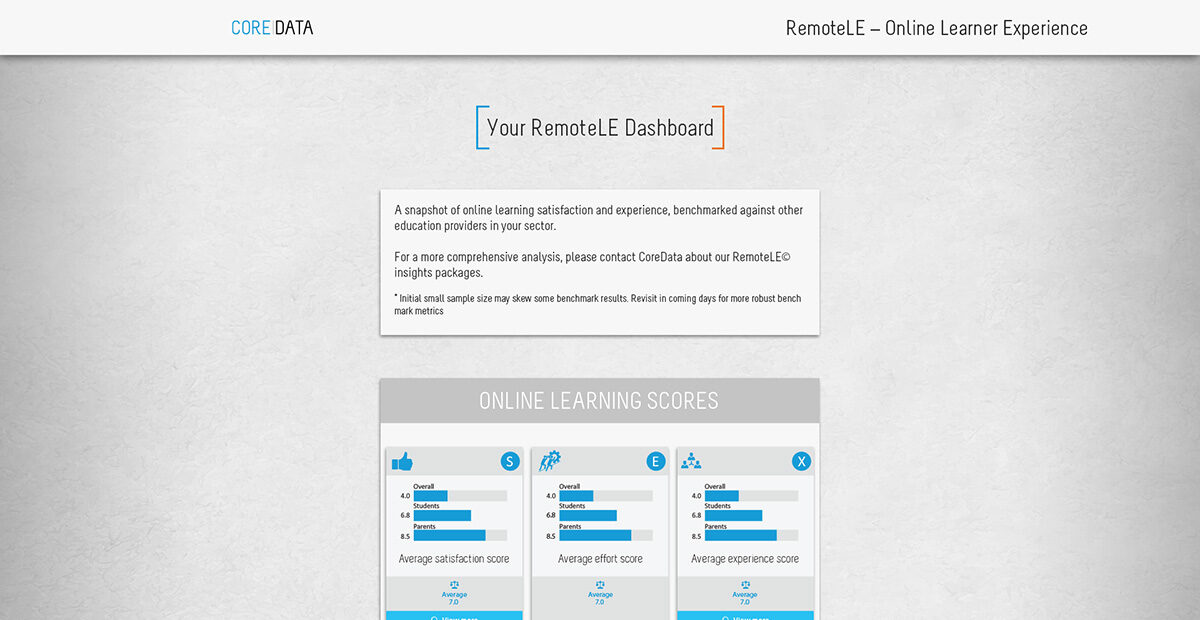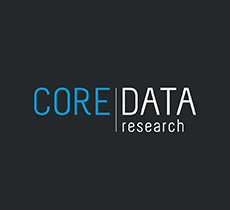
Gone are the days of slowly pivoting strategy; during a pandemic, change comes on the daily, and your business needs to be prepared to adapt at a similar speed.
With continued uncertainty around the globe, perhaps the only certainty is that change is inevitable. During such a dynamic business environment, the need for research insights to power rapid decision making has never been greater.
“Prediction is difficult – particularly when it involves the future.”
Mark Twain
To kick off the new year, we have compiled the top five trends we believe will shape business research in 2021.
# 1 People Analytics – for good not evil
Flexible and remote working has become the norm and isn’t likely to go away.
And whilst productivity has been shown to increase when working from home, this hasn’t stopped managers from seeking greater insight into their employees’ activities.
It should come as no surprise then that people analytics, the systematic identification and quantification of the people drivers of business outcomes has taken off.
Sparking controversy, Microsoft recently announced the ‘Productivity Score’ for Office 365, which provides administrators with information on how well employees use the platform through criteria such as communication, meetings, teamwork and network connectivity. While this could be seen as dystopian depending on who you ask, there are certainly issues to consider when implementing people analytics.
Implemented properly, people analytics can provide a number of benefits including improved productivity, business forecasting, talent identification, decision-making and training. Yet if done badly, it can become hard to make meaningful sense of the data and may breach employee privacy.
People analytics should be about optimising working conditions for employees, rather than micro management of individuals and punitive outcomes. Businesses looking to integrate people analytics into their organisation should ensure this is done with transparency (tell your employees what is being measured), and purpose (explain why the data is required and what you plan to do with it).
#2 Chatbots for Research: Proceed with caution
Many large firms are investing in automated technologies to speed up data collection. Although only 30% of Australian companies currently offer self-service, live chat, messaging, in-app messaging, bots or peer-to-peer communities, this is likely to rise as they become more sophisticated.
The main benefit of chatbots is they offer a more personalised approach to surveying, and keep users within the app they were ‘recruited’ from (e.g. Facebook messenger) allowing for a seamless digital experience.
Potential benefits include that they are scalable, automated, can target key demographics using social ads, and are cost effective compared to computer-assisted telephone interviewing (CATI) or quantitative surveying. However, drawbacks are evident in the time and cost required to create the chatbot, recurrent issues with data validation from conversational input, potential elevated drop-out rates from poor experiences, and additional time needed for data cleaning.
In addition, many chatbots lack features that influence customer service success including understanding past customer transactions, providing personalised responses or automating actions based on customer responses.
Our verdict? Although the use of chatbots is on the rise, we believe that their cons currently outweigh their benefits. Delivering a seamless, personalised experience when conducting surveys is important to drive engagement, but while chatbots might appear to tick these boxes, they can create more issues arising from input errors and dropouts.
#3 Proactive social listening, as a complementary tool
Traditional methods of research like surveys and CATI, while highly valuable for eliciting information from a desired target market or customer base, are not without flaws. Common biases, like socially desirability bias, acquiescence and order effects can get in the way of uncovering what a customer truly thinks.
Social listening is increasingly being used to supplement traditional research methods, providing a means for passive observation rather than asking more and more questions.
Social listening allows businesses to monitor what people are saying about them on social media in real time. Customers might be boasting about your new product to friends, or worse, lamenting their purchase and warning others to steer clear. By monitoring what your customers are saying about your brand online, you can get to the core of what they truly believe.
For Ben and Jerry’s, social listening led to the development of an unusual ice-cream flavour ‘Netflix and Chill’d’. The flavour was introduced as a complement to afternoon binge-watching after the company used social listening to understand why mentions of Ben and Jerry’s spiked on cold days.
In the wake of increased social media usage in light of COVID-19 pandemic, social listening is increasingly being used to gauge sentiment, manage crises, and facilitate creative marketing.
However, it can also be used as a supplement to standardised research methodologies like quarterly brand tracking, or provide further insight into your Net Promoter Score. Insights from social listening reflect a ‘current pulse’, tracking trends in the category or reactions to new products and experiences.
As always, be wary. Your most vocal customers online may reflect broad customer sentiment, but they could also represent a noisy minority. When making important strategic decisions, it’s best to validate what you’re seeing and hearing using a more robust quantitative research method.
#4 From contextual insights to Big Data
Attention is becoming harder to seize, making it challenging to find people willing to spend time responding to a survey.
In 2021, we’re likely to see more businesses extend their insights collection beyond regular surveys, to encapsulate shorter, contextual questions at key points of the customer journey. This might include when a user is searching or transacting on your website, at a pain point such as lodgement of a complaint, or at post purchase.
Of course, there are some considerations when it comes to turning the data into actionable intelligence. Broadly, there are challenges around data collection (e.g quantity and type of data stored), data process (e.g how data is stored and cleaned), data management (e.g security, governance) and data analysis (e.g how the data is turned into insight). While an ‘always on’ approach might herald vast quantities of data, this is only as useful as the strategic insights that can be derived from it.
#5 Real-time insights and dashboards
One way of ensuring the right level of strategic reporting is through the use of real-time dashboards. Savvy businesses are realising that the printed ‘research report’ has a shelf-life and can be less impactful than a digital tool accessible to stakeholders organisation-wide. Real-time dashboards allow you to bring your data to life in an interactive way for the benefit of both customers and your business.
Additionally, dashboards can make accurate and up-to-date information available at management’s fingertips. In these unprecedented times, the importance of this cannot be understated.

